1. With SMBus comm. function via USB tool bridge to PC, to gain battery information, helpful for engineering services. (also with CANBus communication board for option)
2.Monitoring battery SoC & SoH, such as Amperes, capacity; temperature, protection status and cell balance, event records etc.
3.Conducting back electromotive force circuit design.
4.Via LED display board to show battery capacity, based on Coulomb Counter and, to show protection codes. and occurrences(Option)
<1>.Key specification:
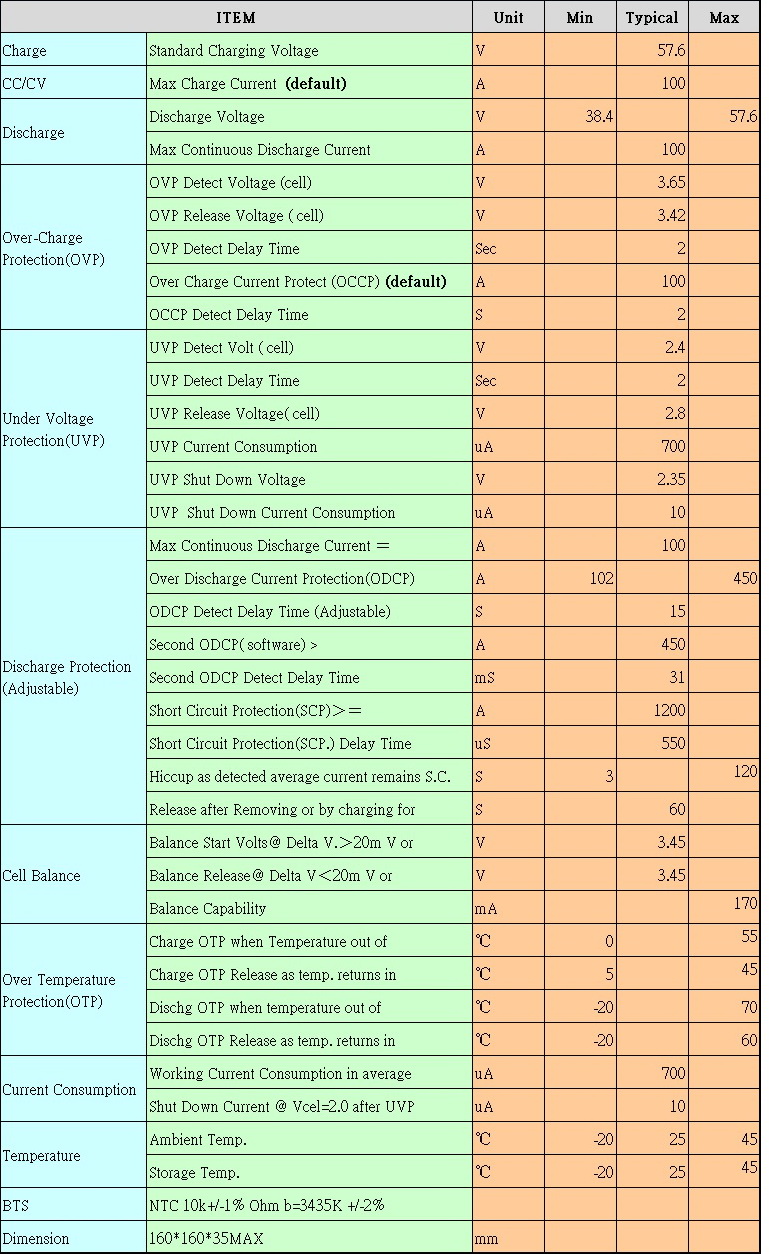
<2>
(a).Smart battery management of SMBus via USB bridge tool to PC( via CANBus, refer to Comm Protocol.)
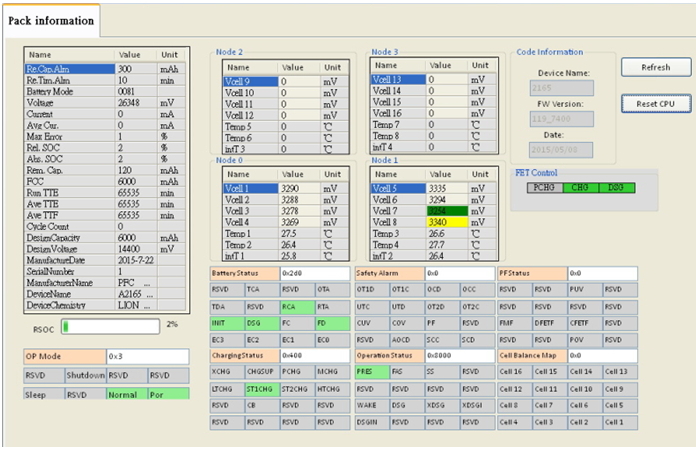
(b). Battery SoC LED or LCM display( option)
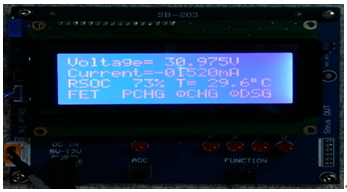
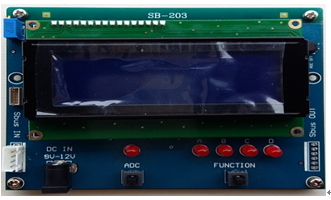
<3>. Physical structure
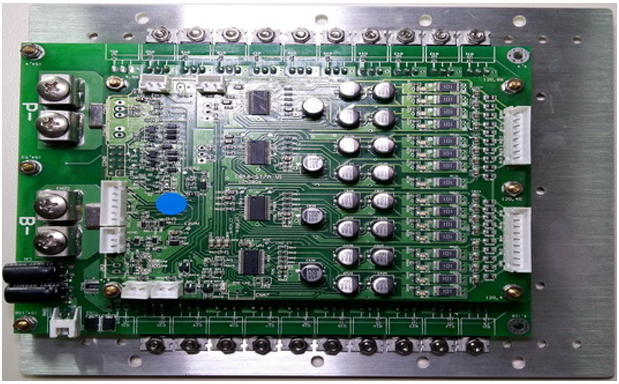
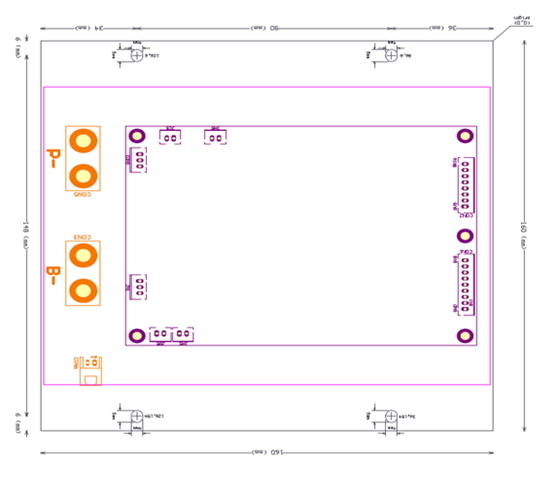
4.Wiring Diagram and steps to install

1. Steps to install battery pack with BMS. Please follow from (1) to (5)
(1) Plug temperature sensors, JA5, JB5, JC5, JD5 onto the BMS..
(2) "B─" at CON3 of the Mosfet switch board, connected to the "─” negative pole of battery pack.
(3) CON6 marked as "BT +" of the Mosfet switch board shall be connected to "+ (the positive pole)" of the battery pack.
This cable is used to conduct possible Back-EMF energy.
(4) On battery pack, its "BV9 ~ BV16 (Cell9 ~ Cell16) voltage sense wires" shall be connected to CON2 of the BMS board.
(5). On battery pack, its "GND, BV1 ~ BV8 (Cell1 ~ Cell8) voltage sense wires" shall be connected to CON1 of the BMS board.
After these, the red LED (LDA1) of BMS board will turn luminous for about 6 seconds and then turns off,
This red LED indicator will blink at an interval of every 8 seconds, indicating BMS normally operating.
2. Steps to uninstall:
1. Remove link on the "P─" at the CON5 of the Mosfet switch board, which connects to the "─ “ negative pole of the charger" or "load".
2. Disconnect or unplug each of its connectors according to the reverse order of the installation, from (5) – (4) – (3) - (2).